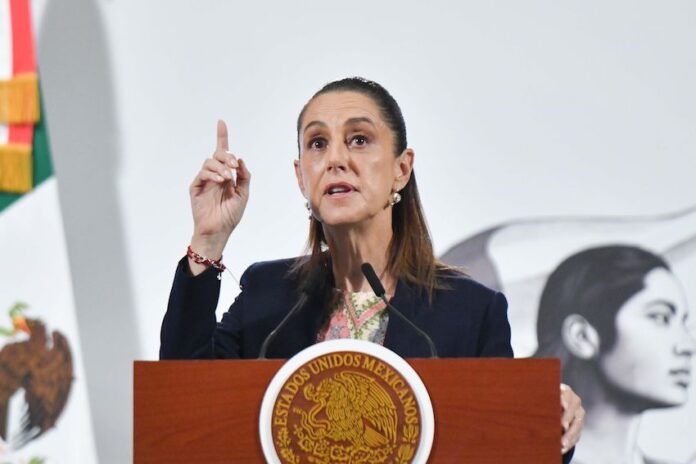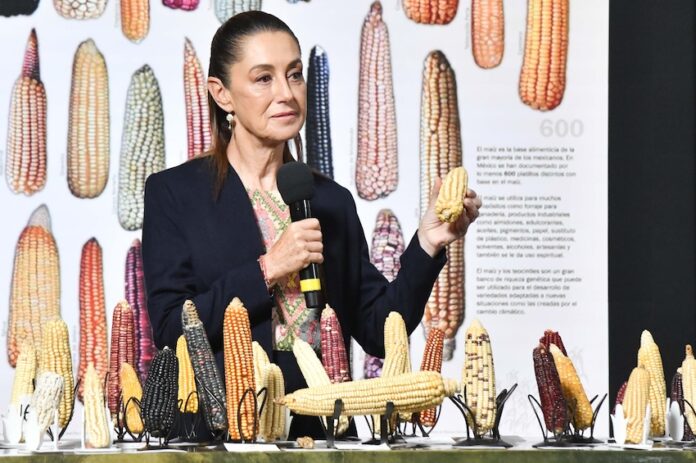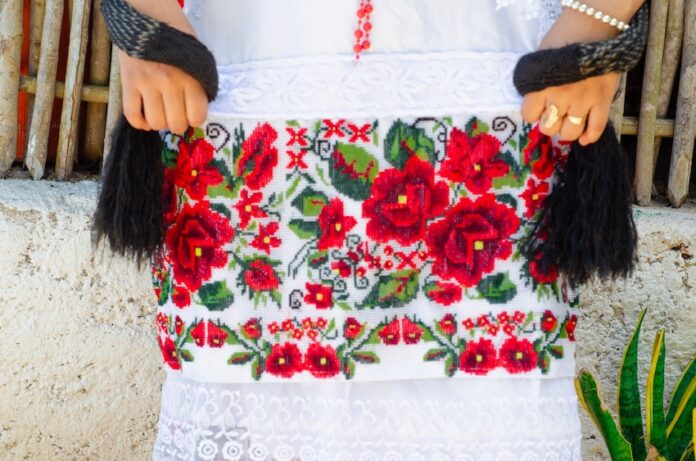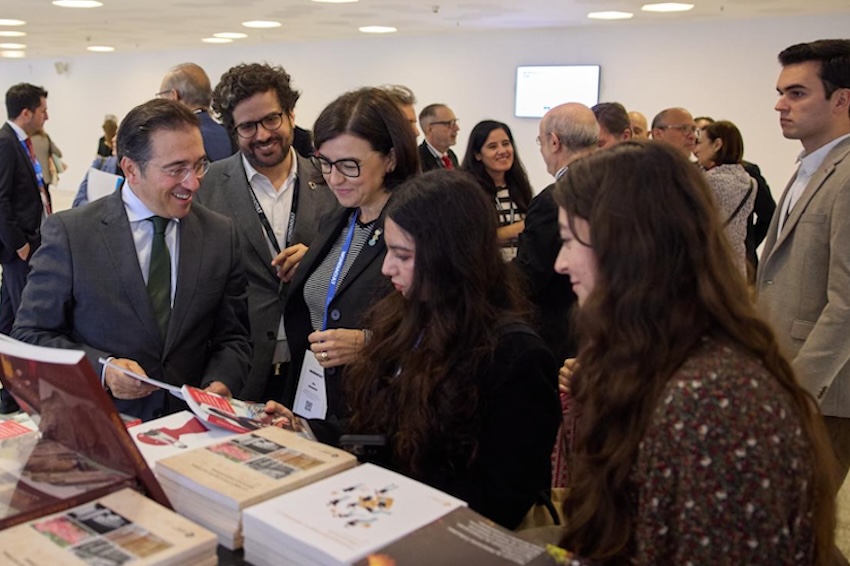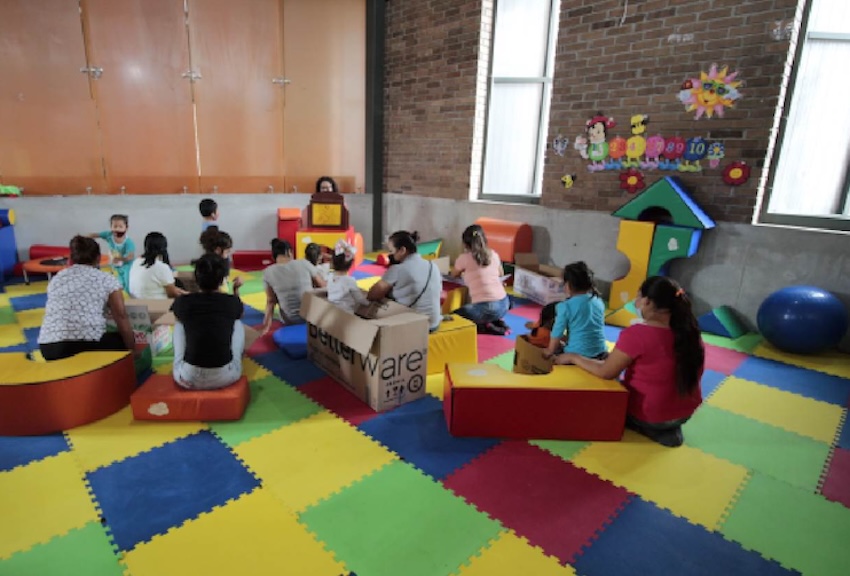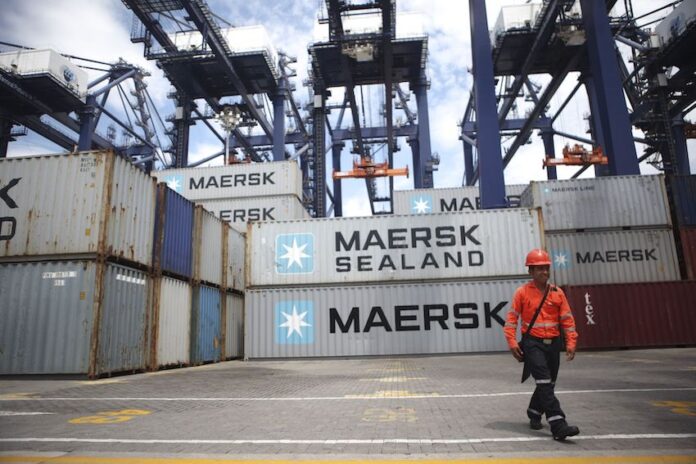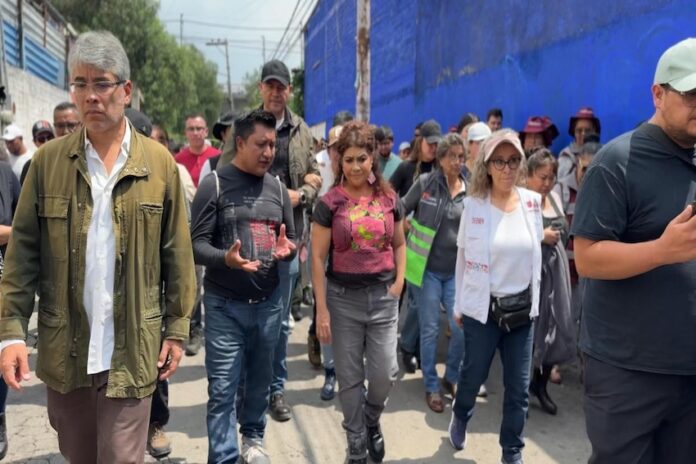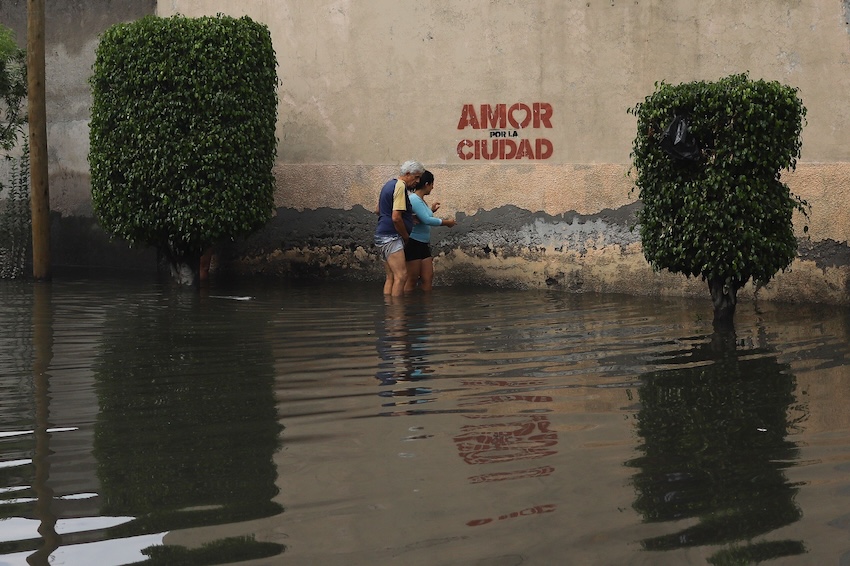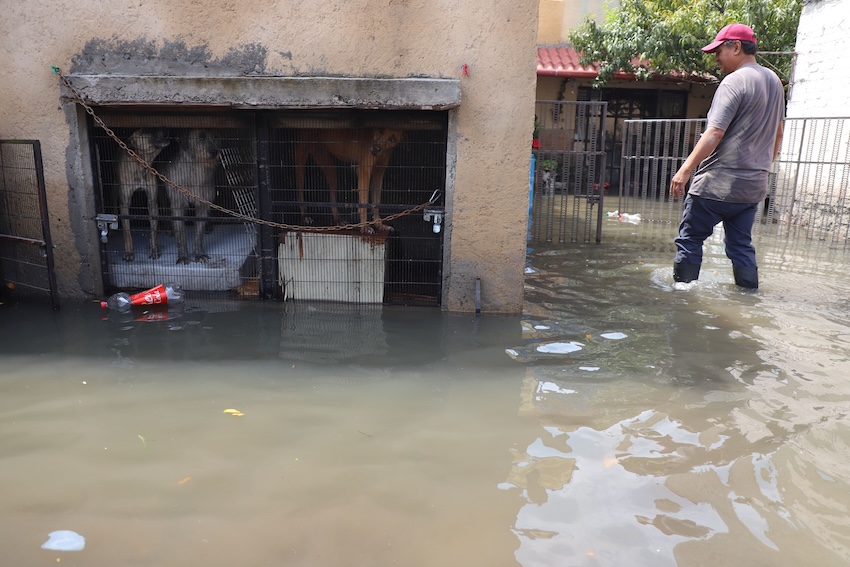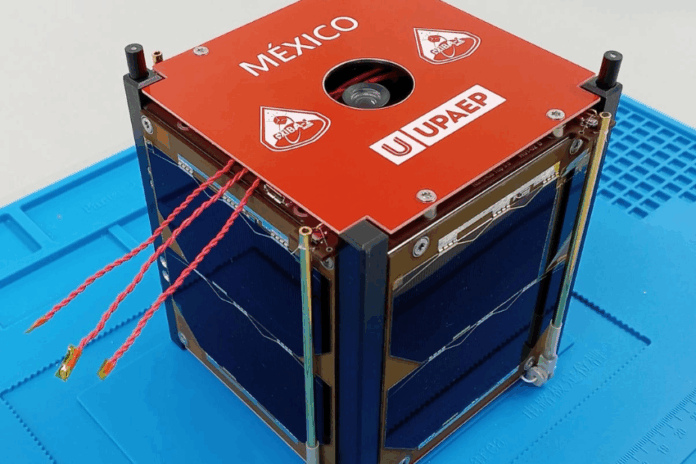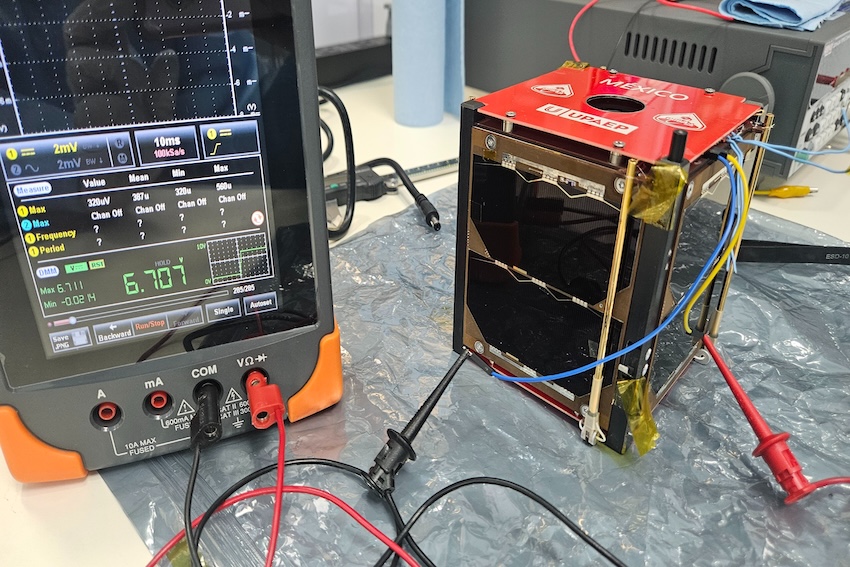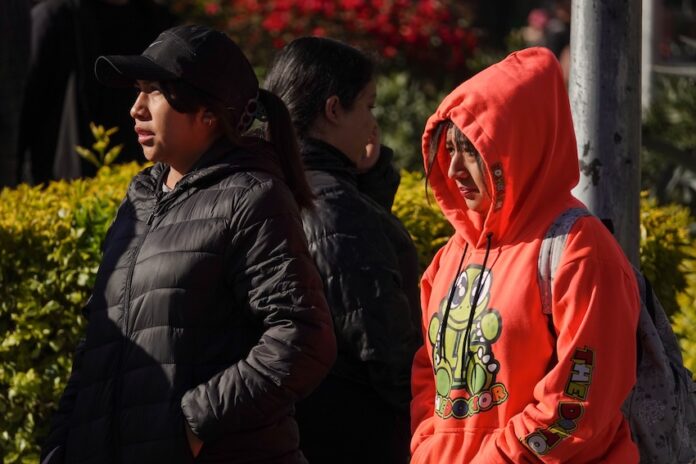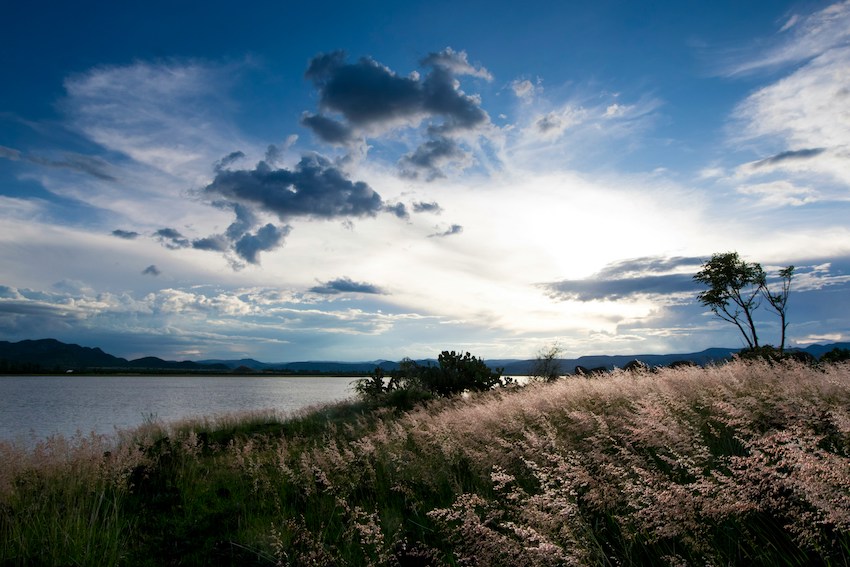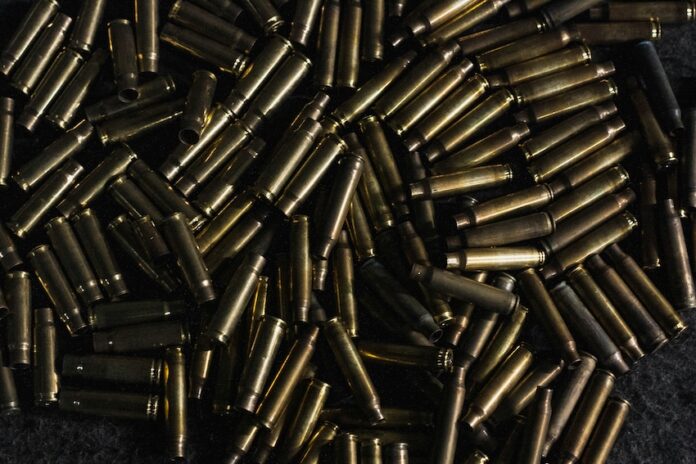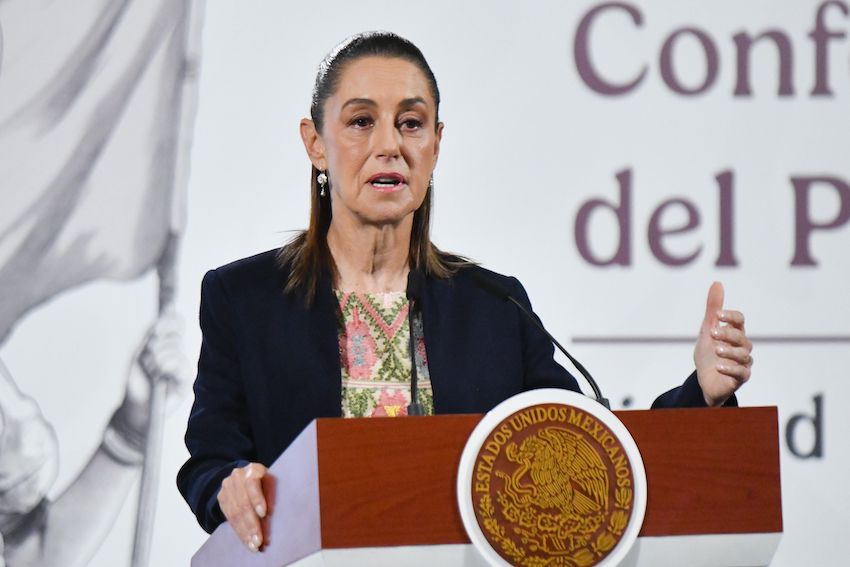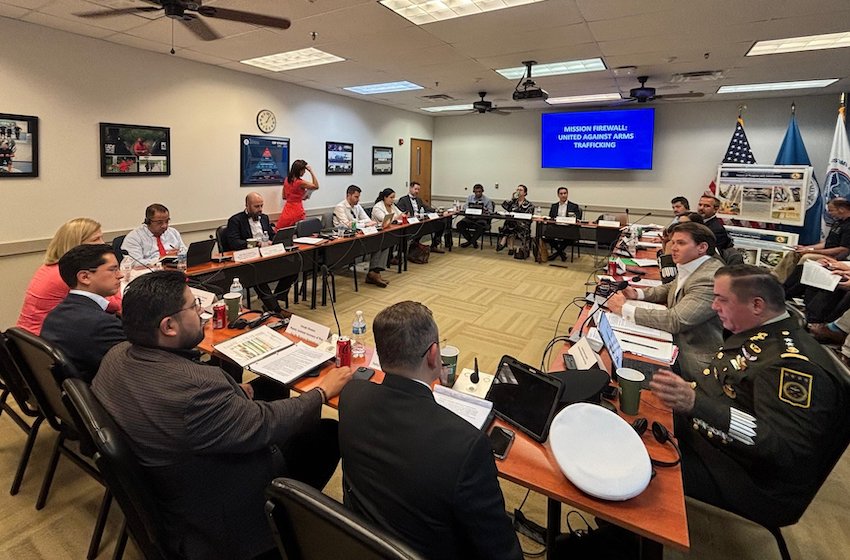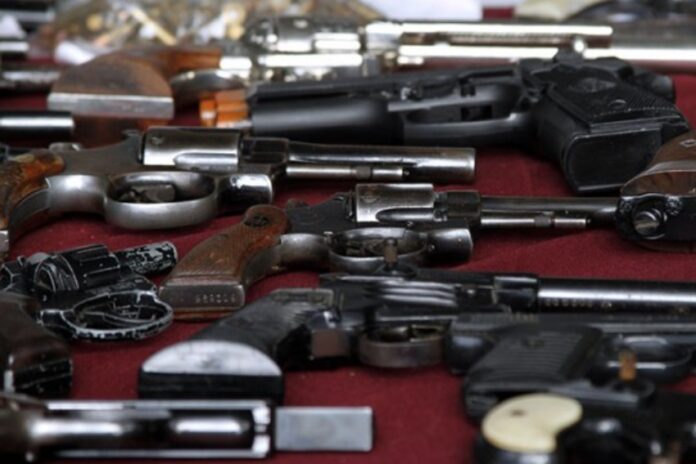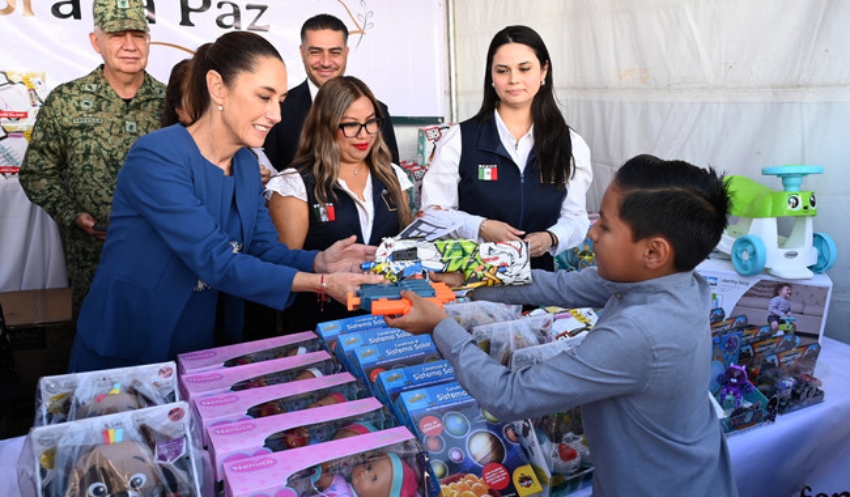Monday is the penultimate day of the first year of President Claudia Sheinbaum’s six-year term.
At her press conference on Monday morning, she spoke about a “rare” incident at Mexico City airport and the Mexico City-Toluca railroad, among other topics, such as Mexican corn.
Sheinbaum announces expanded seed bank protection for Mexico’s 64 corn varieties
Sheinbaum also commented briefly on her “unprecedented” national “accountability tour.”
CDMX air traffic control tower was struck by lightning twice
Sheinbaum acknowledged that the air traffic control tower at the Mexico City International Airport (AICM) was struck by lightning on Saturday — twice, in fact, according to the Ministry of Infrastructure, Communications and Transport (SICT).
The first lightning strike caused an electrical fault in the control tower and one runway at the AICM was subsequently closed for almost two hours on Saturday night, SICT said in a statement.
“During this period, the other runway continued to operate. As a result of the meteorological conditions, some flights were diverted to other airports,” the ministry said.
“Later, a bolt of lightning struck the control tower again. However, thanks to the redundant emergency communication systems, at no time was contact with aircraft lost,” SICT said.
“Between 20:01 and 20:33, departures were suspended to give priority to landings. … From 20:33, normal operations were reestablished with the resumption of take-offs,” the ministry said.
Sheinbaum said that the air traffic control tower’s systems had to be rebooted after the first lightning strike.
“And for safety, what is done in these cases is to stop [flight] operations,” she said.
Asked whether the interruption to operations could have been avoided with “better infrastructure,” Sheinbaum noted that the air traffic control tower has a lightning rod.
“It has everything, but this is something that is impossible to diagnose,” she said.
“It’s not that it can be avoided, but rather there are protocols in place for when lightning strikes [the air traffic control tower]. It is very unusual or rare for it to happen, but if it does occur, there is an emergency protocol to prevent any accidents,” Sheinbaum said.
CDMX-Toluca train to be fully operational by late 2025 or early 2026
Sheinbaum noted that the Mexico City-Toluca commuter train, “El Insurgente,” has been conducting trial runs to the Observatorio station in the national capital.
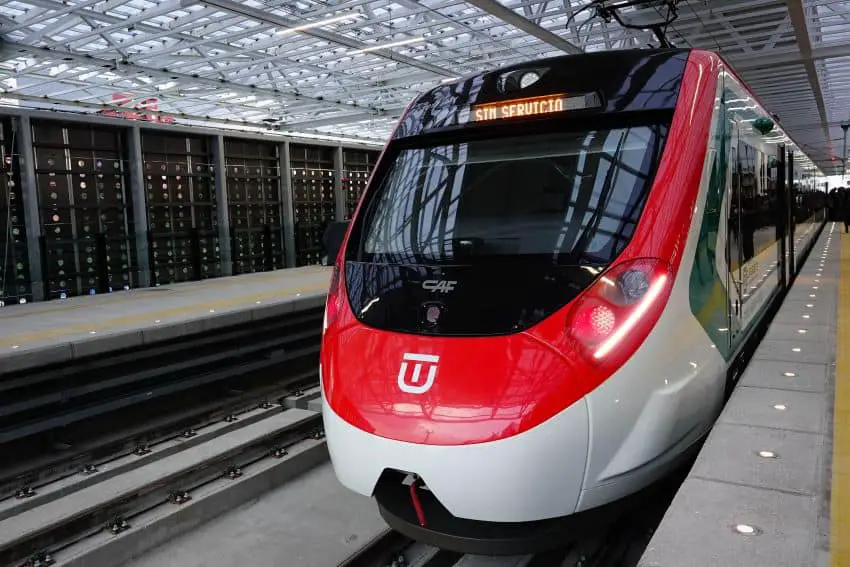
Construction of the railroad began in 2014 during the presidency of Enrique Peña Nieto, but the first (partial) service didn’t run until 2023. As of September 2024, travel between Toluca and the Santa Fe station in Mexico City has been possible, but the Vasco de Quiroga and Observatorio stations in the capital remained out of action.
Sheinbaum said that the trial runs to the Observatorio station — where passengers will be able to transfer to the Observatorio metro station — will last around a month.
She said that the latest information she received was that passenger services between the Zinacantepec station near Toluca and the Observatorio station would commence during “the final days of December,” or in early January 2026.
The railroad is “practically” finished, Sheinbaum said before noting that 11 years have passed since construction first began.
Sheinbaum’s ‘accountability’ tour nears its end
Sheinbaum noted that she has now visited 30 Mexican states on her “accountability tour” after spending time in Chihuahua, Baja California, Baja California Sur, Sinaloa, Nayarit, Jalisco and Colima during the past three days.
After delivering her first annual government report to the nation in a 70-minute speech on Sept. 1, the president commenced a speaking tour of the country to update residents in every state on government projects and initiatives in their local area.
Sheinbaum said that she will go to Morelos on Tuesday to complete her tour of all 31 states, while she will also deliver a speech in Mexico City’s central square, the Zócalo, this Sunday.
“It has truly been a very motivating experience,” she said of her national tour, adding that “a lot of people” attended her events across Mexico.

“What we do is provide a report on welfare programs … and infrastructure projects … that we’re doing in every entity of the republic,” Sheinbaum said.
“The truth is it has been a very moving experience,” she said.
“And I think all those who have attended, close to half a million people have attended the … [events]. It’s unprecedented because it’s the first time that a president, a presidenta in this case, has given a report in each state,” Sheinbaum said.
By Mexico News Daily chief staff writer Peter Davies ([email protected])
